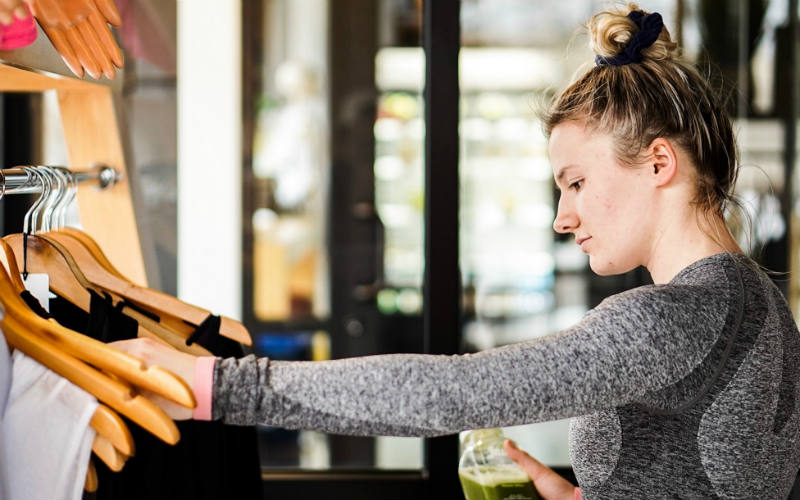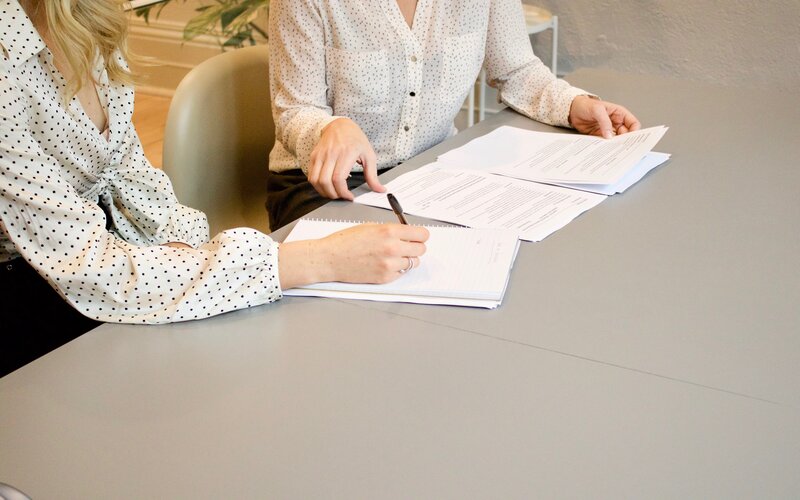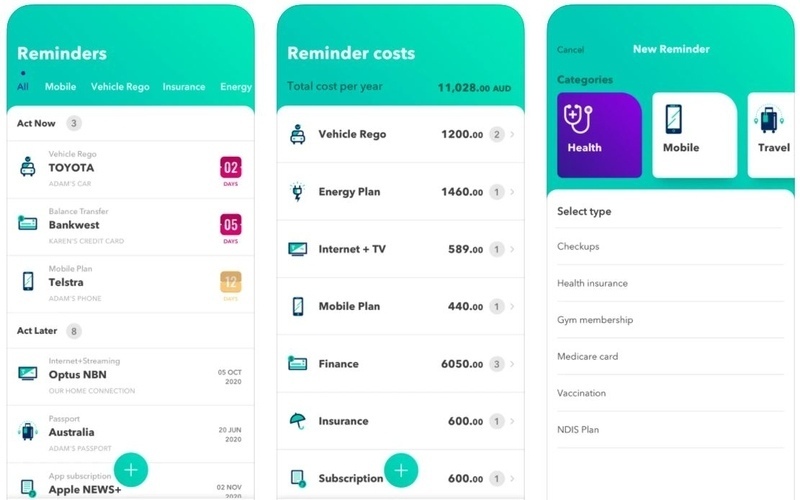The increase reflects the lockdowns in Sydney and Melbourne during the September quarter as households tightened their purse strings with limited avenues to spend money.
The household saving ratio jumped eight percentage points to 19.8% in September quarter 2021 but remained below the peak of 23.6% in June quarter 2020 - a 46 year high.
The ABS said the rise in household saving was driven by increased household income coupled with a decline in spending.
Household gross disposable income rose 4.6%, the fastest rise since December quarter 2008.
Government support payments to households and unincorporated businesses affected by COVID-19, along with increased dividend payments, contributed to the increase in household income.
Spending drops in NSW, VIC, ACT
Household spending in NSW, Victoria and the ACT fell 8.4%, compared to the other states which rose 0.7%
Australian Gross Domestic Product (GDP) fell 1.9% in seasonally adjusted chain volume terms in the September quarter 2021 and was up 3.9% through the year, according to figures released by the Australian Bureau of Statistics (ABS) today.
"The fall in domestic demand was only partly offset by growth in net trade and public sector expenditure. GDP in the September quarter 2021 was 0.2% below the December quarter 2019 pre-pandemic level," said Sean Crick, ABS' acting head of national accounts.
"Household spending in NSW, Victoria and the ACT fell 8.4 per cent, compared to the other states which rose 0.7%."
Image by Towfiqu barbhuiya via Unsplash



 Harrison Astbury
Harrison Astbury
 Harry O'Sullivan
Harry O'Sullivan

 Alex Brewster
Alex Brewster
 Emma Duffy
Emma Duffy

